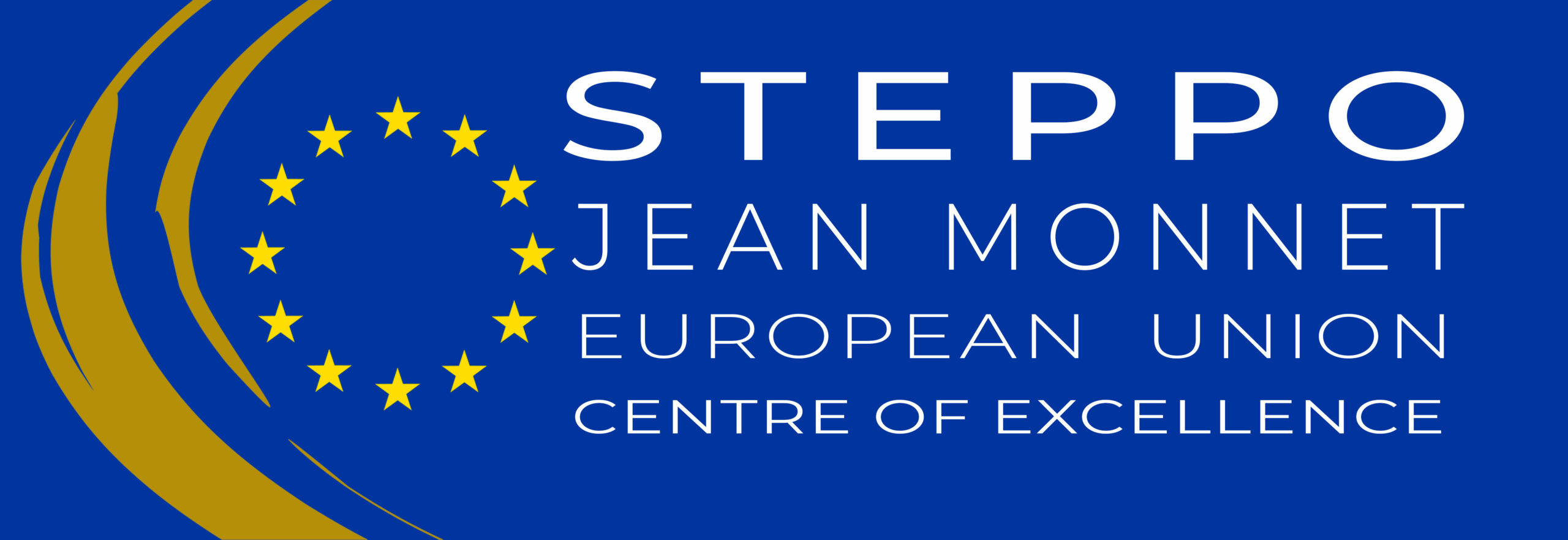Author: Francesca Marasi
Committee: EPPO & Cultural Heritage Committee
Date: 05/02/2025
In November 2024, the European Public Prosecutor’s office in Bulgaria requested the conduction of ten searches in Burgas, Pretrich, Rila and Sofia in order to find evidence of suspected subsidy fraud, involving the restoration of the Byzantine Church of St Michael the Archangel.
In particular, the EPPO started the investigation, because the renovation works were funded by the EU.
The historical value of the Church
The Church of St. Archangel Michael, built and painted in the 12th century, has been declared a National cultural monument, due to its extremely valuable and ancient wall paintings. Notably, experimental conservation studies and excavations in 1995 revealed a unique find: an older layer of decoration with effigies of Saints from the 12th century. The partially preserved medieval murals on the Northern and Eastern walls are distinguished by their narratives and stylistic elements, characteristic of Byzantine art from this era. In particular, among the depicted figures are St. Patapius, the patron Saint of the blind, and St. Nicholas. The images are completed by Saints Gregory the Theologian and Basil the Great.
The uncovering of this fresco is a significant milestone, as it highlights the fresco technique that is uniquely characteristic of the medieval murals in this temple. The variations in techniques used in later periods provide clear evidence that these frescoes date back to an earlier era.
Origins of the investigation
In 2017, a Church in Bulgaria, considered an important historical and cultural monument of the 12th century, needed to be restored.
Especially, a public procurement procedure, financed by the EU’s INTERREG IPA Cross Border Cooperation Programme, was established for a project of restoring wall paintings and architectural details.
What the investigation revealed
The bid was won by a company that did not have the expertise required in the public procedure, thus, for this reason, it subcontracted the works to another company. Nevertheless, the same issue arose with the second company that subcontracted a third company, which had the necessary expertise.
This last subcontractor executed the restoration, but, based on the evidence, did not receive the total amount, funded by the EU.
In fact, the total amount of the support for the restoration was 198 000 euros, but the first contractor only paid 70 000 euros to the subcontractors, thus keeping 128 000 euros without performing any activities of the project.
These frauds represent a detriment of the EU’s financial interest: for this reason the intervention of the EPPO is fundamental in order to guarantee compliance with the allocation of the EU funds and to protect important artistic sites of importance to the European art heritage.
- https://news.bg/regions/sled-rekonstruktsiya-otkriha-tsarkvata-ot-xii-vek-v-rila.html
- https://www.eppo.europa.eu/en/media/news/bulgaria-eppo-probes-church-restoration -suspicion-subsidy-fraud
- https://www.novinite.com/articles/229519/EU+Investigates+Alleged+Fraud+in+Bulgar ian+Church+Restoration+Project

